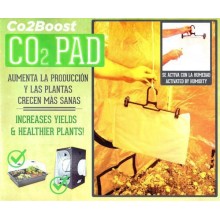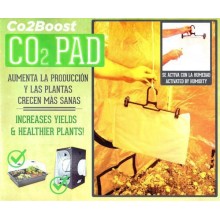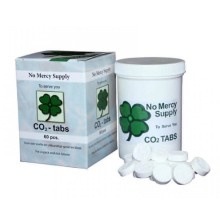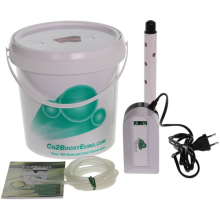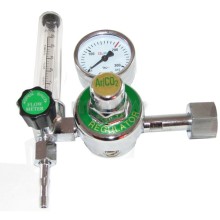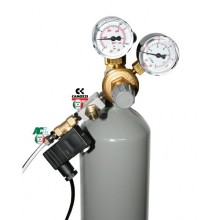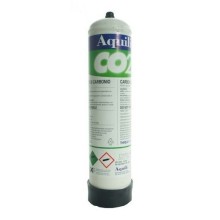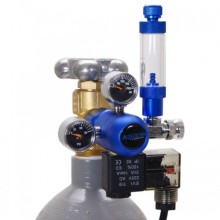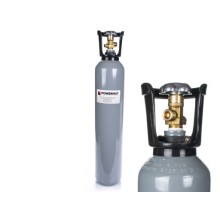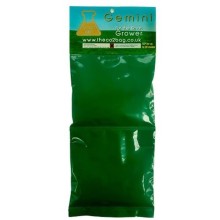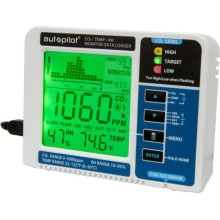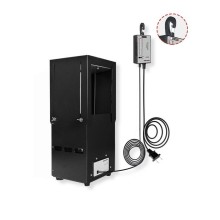CO2 Enrichment
If plants are grown under cover, they require the right temperature, air and soil humidity, and the proper concentration of carbon dioxide (CO2) to thrive. Fertilizing crops with this gas not only has a beneficial impact on plant growth but also enhances the overall condition of the plants. CO2 supplied at the appropriate stage of development increases the quality and yield of crops by promoting photosynthesis without disruptions.
CO2 also improves plant health
When using carbon dioxide for plants, not only does plant growth and yield increase, but the general health of the plants is also improved. As a result, the plants become more resistant to diseases and pests, absorb water and nutrients from the soil more effectively, and have more efficient photosynthesis due to higher leaf density. Importantly, the supply of carbon dioxide to plants must be stopped when darkness falls because photosynthesis ceases entirely in the dark, and the gas delivery systems would harm the fertilized crops. The amount of carbon dioxide must also be properly correlated with other essential elements for the plants. Adequate ventilation in areas where carbon dioxide is supplied is also important. It's better to have closed ventilation systems that maintain a consistent temperature within the enclosed space, isolated from external air.
When supplying carbon dioxide, it is necessary to monitor its concentration in the air
It is known that fertilizing crops with CO2 improves the quality of photosynthesis, which directly affects crop growth and yield. Unfortunately, without careful attention, exceeding the concentration of carbon dioxide in the air can inhibit photosynthesis, and with prolonged over-fertilization with gas, plants can even wither.

